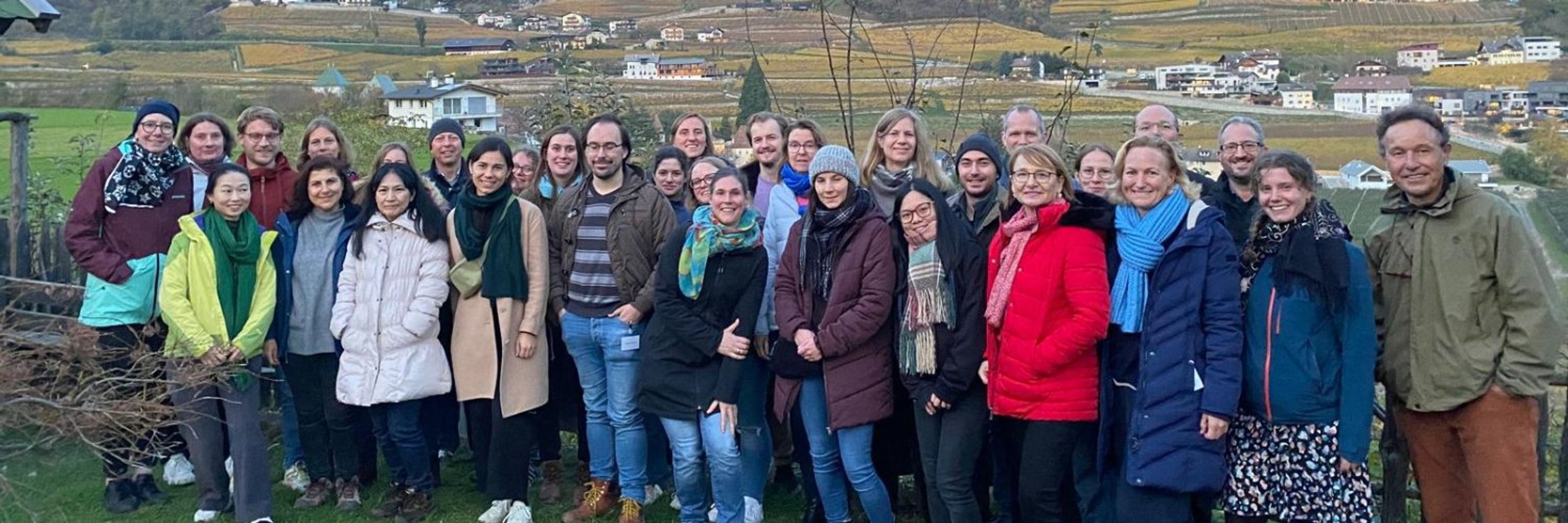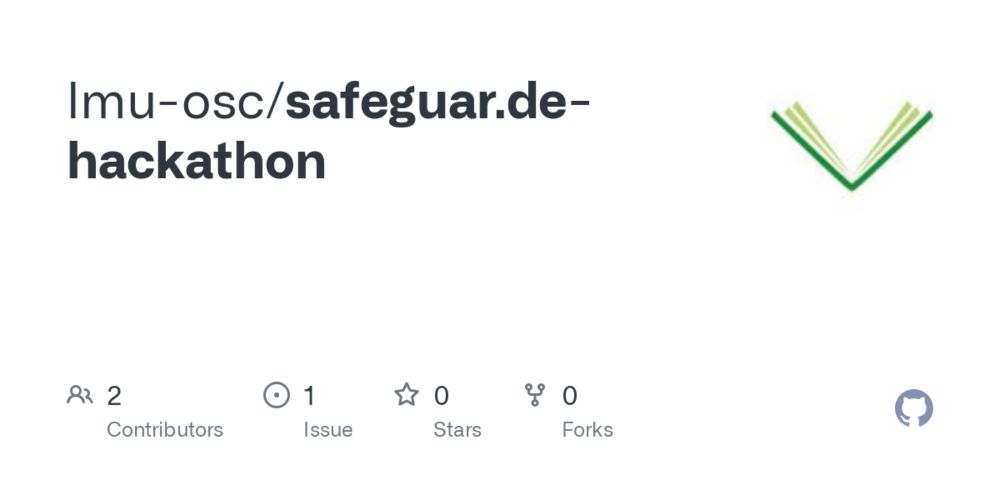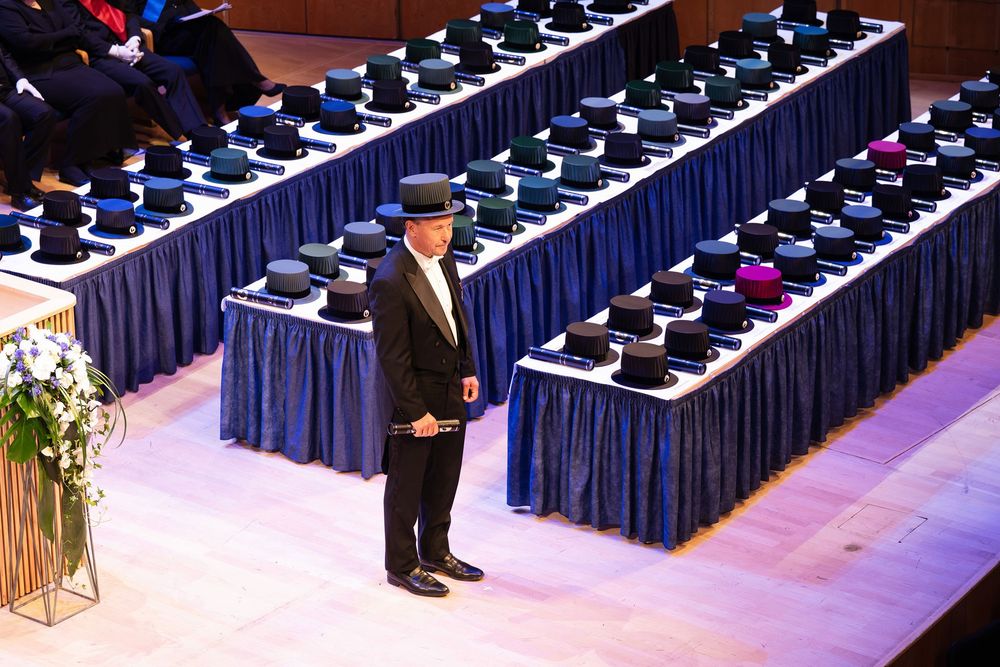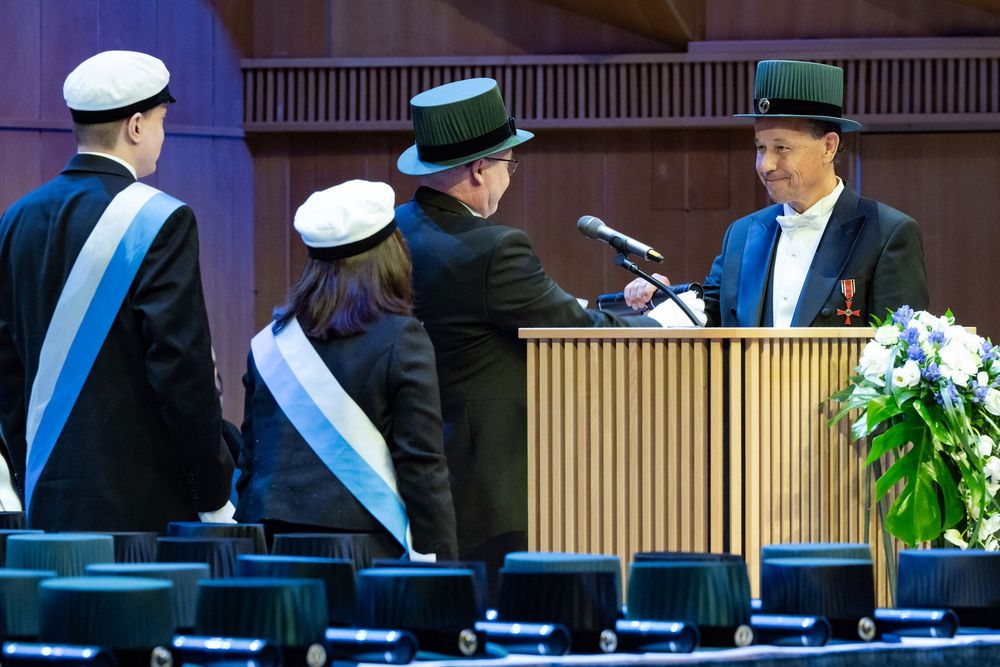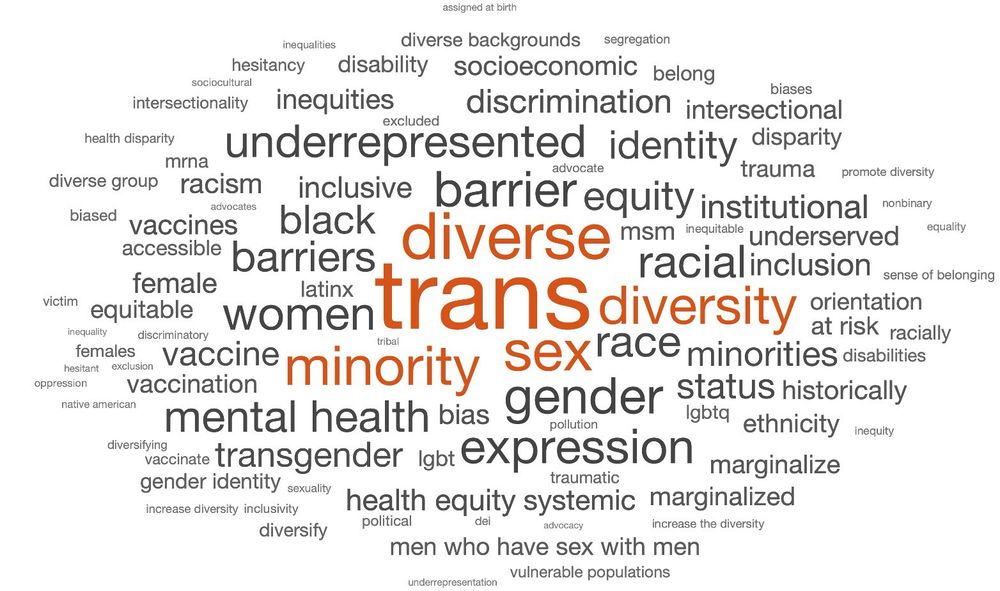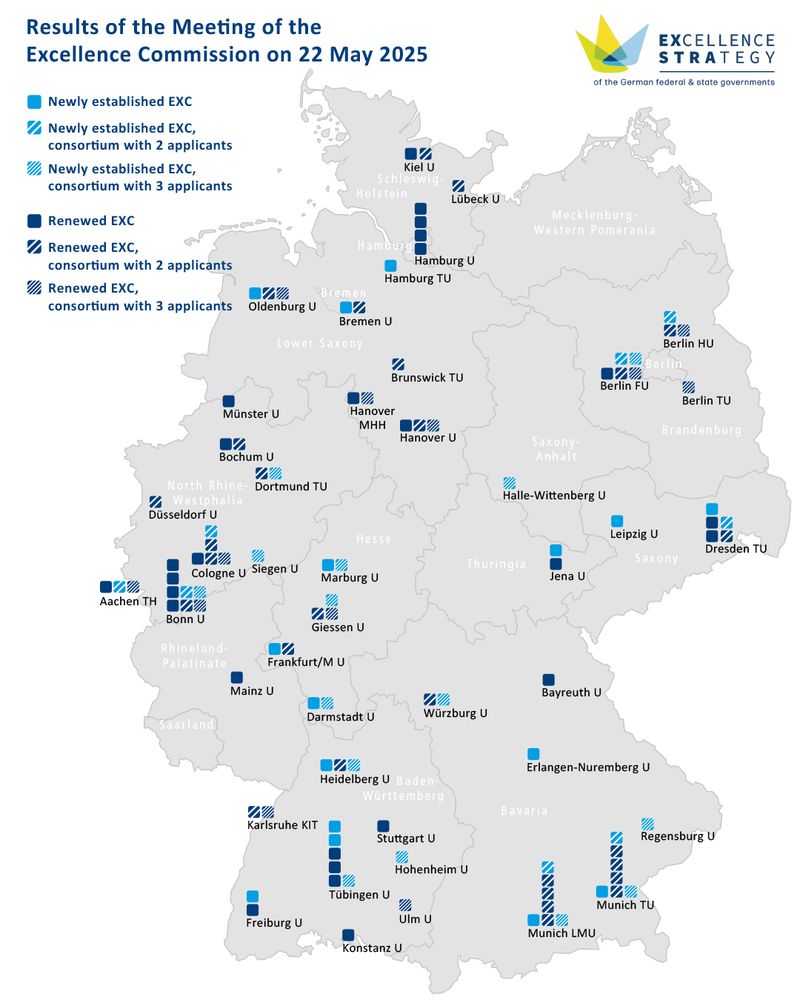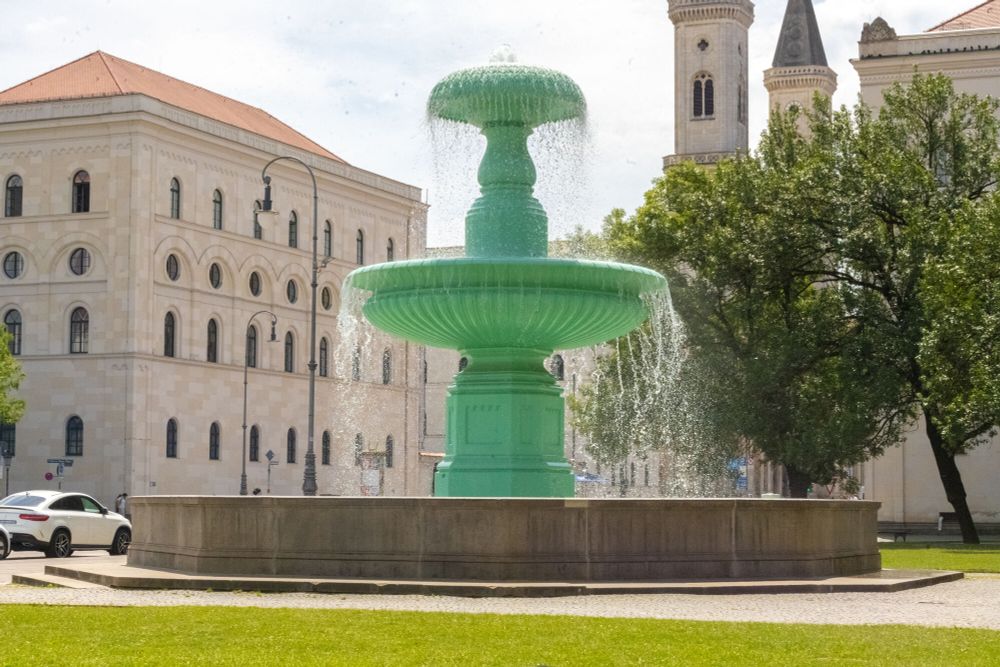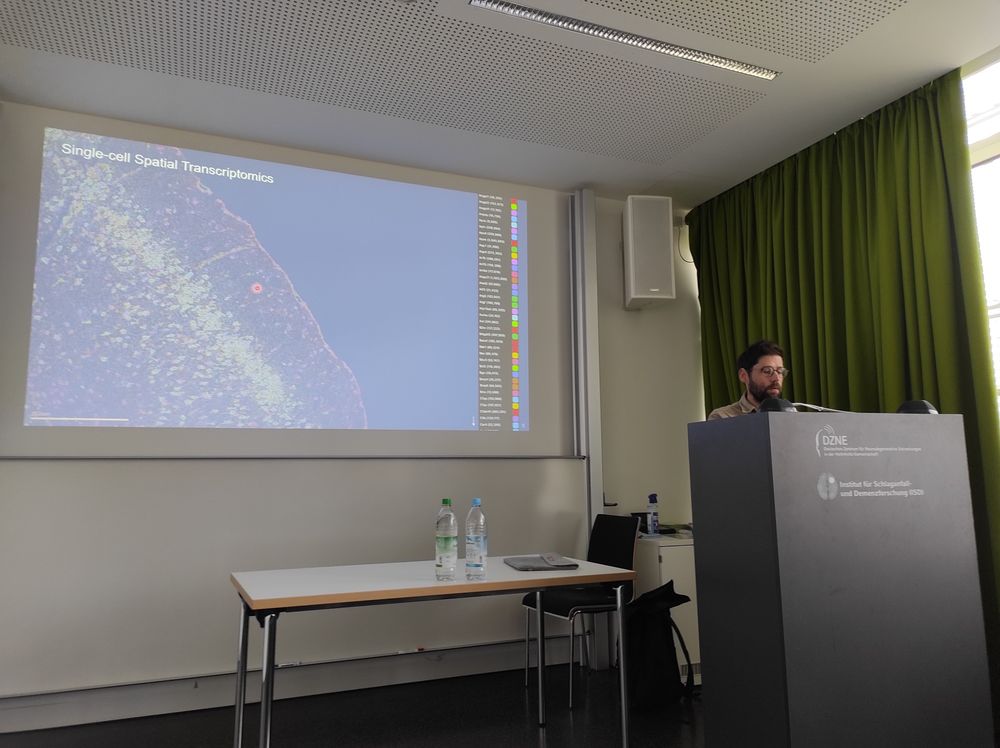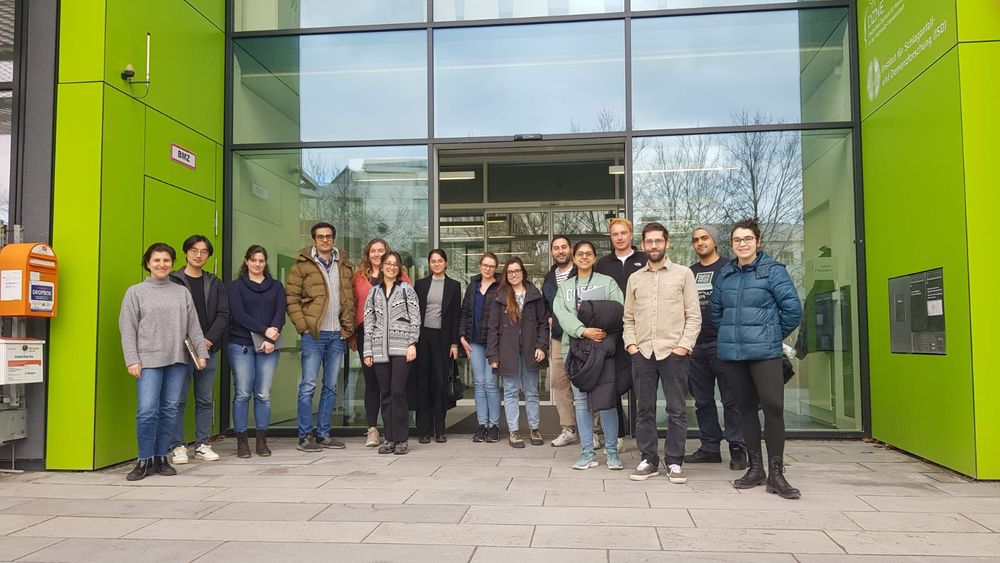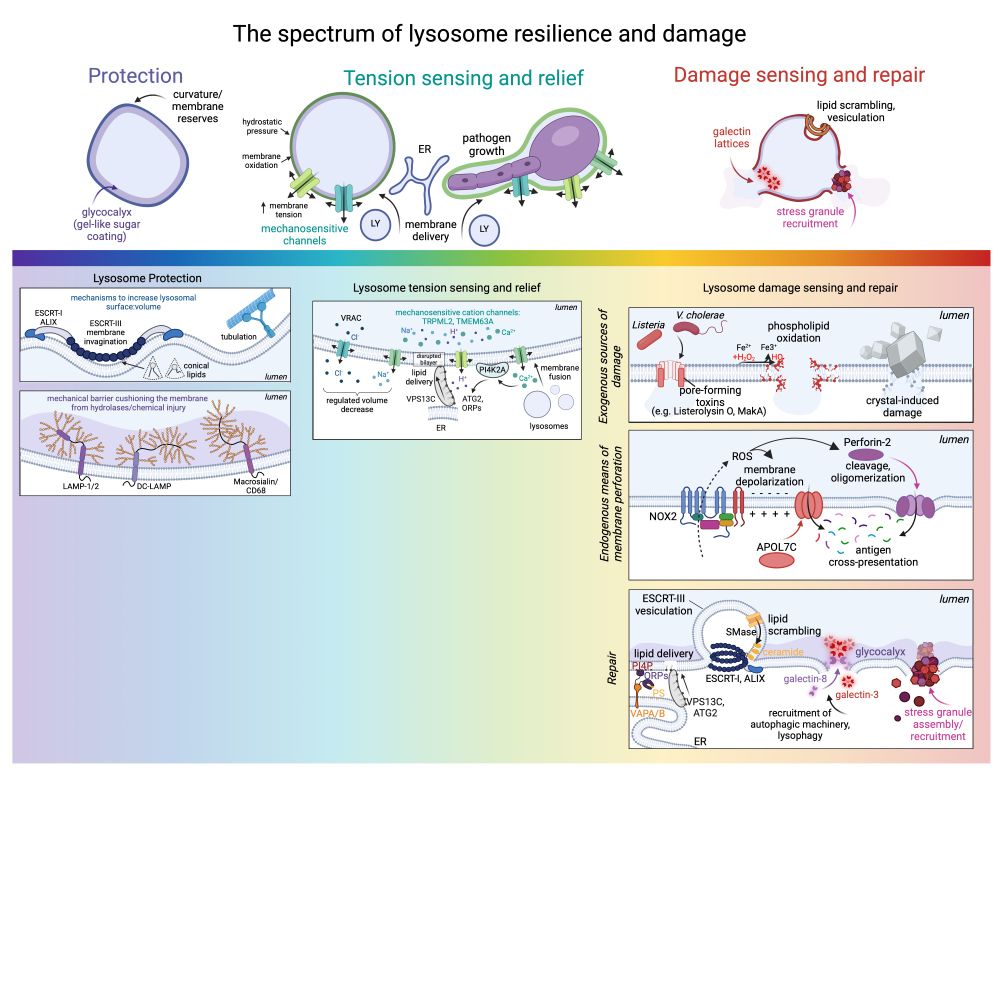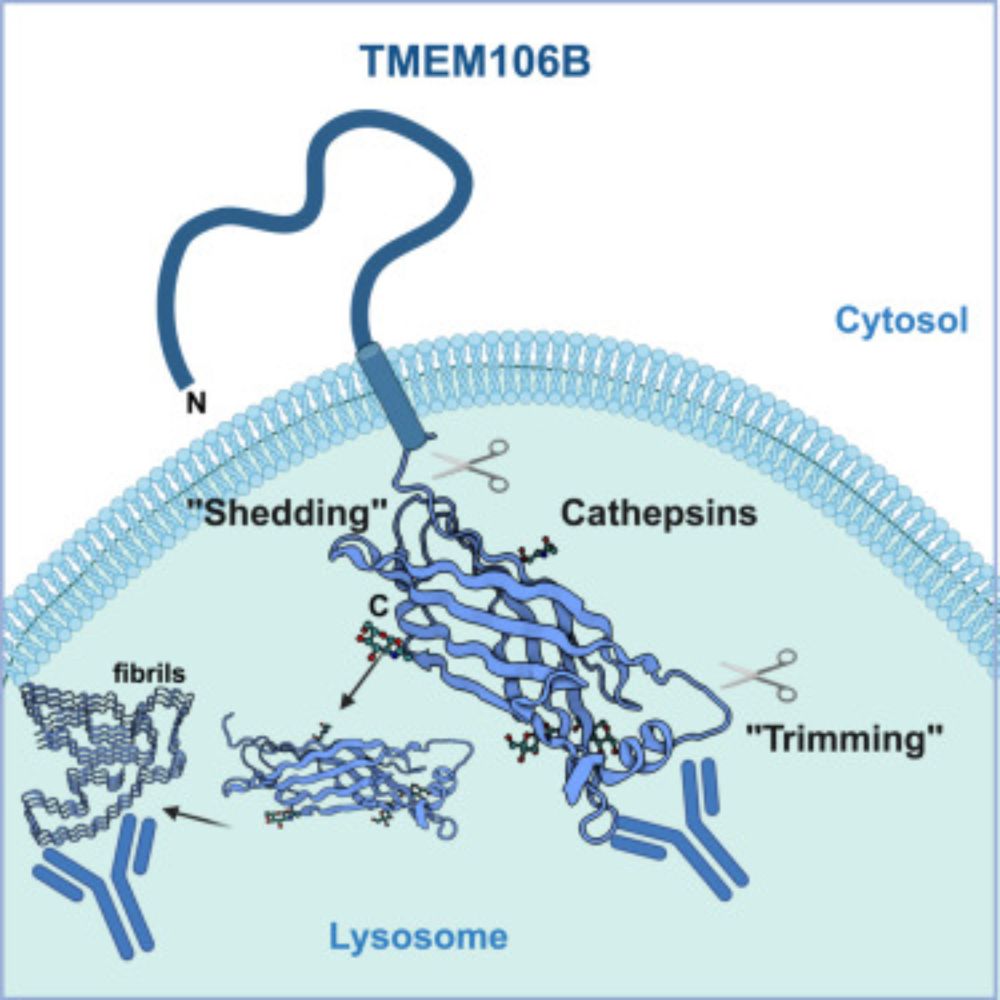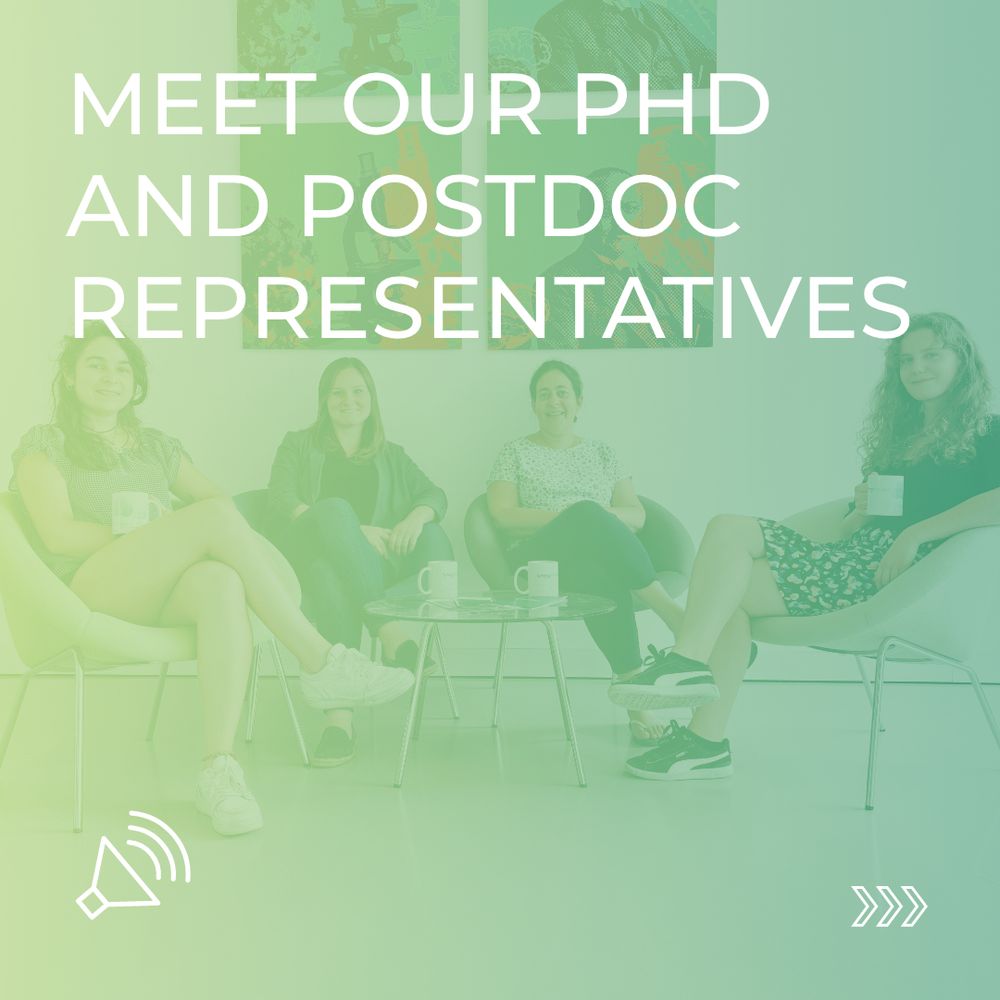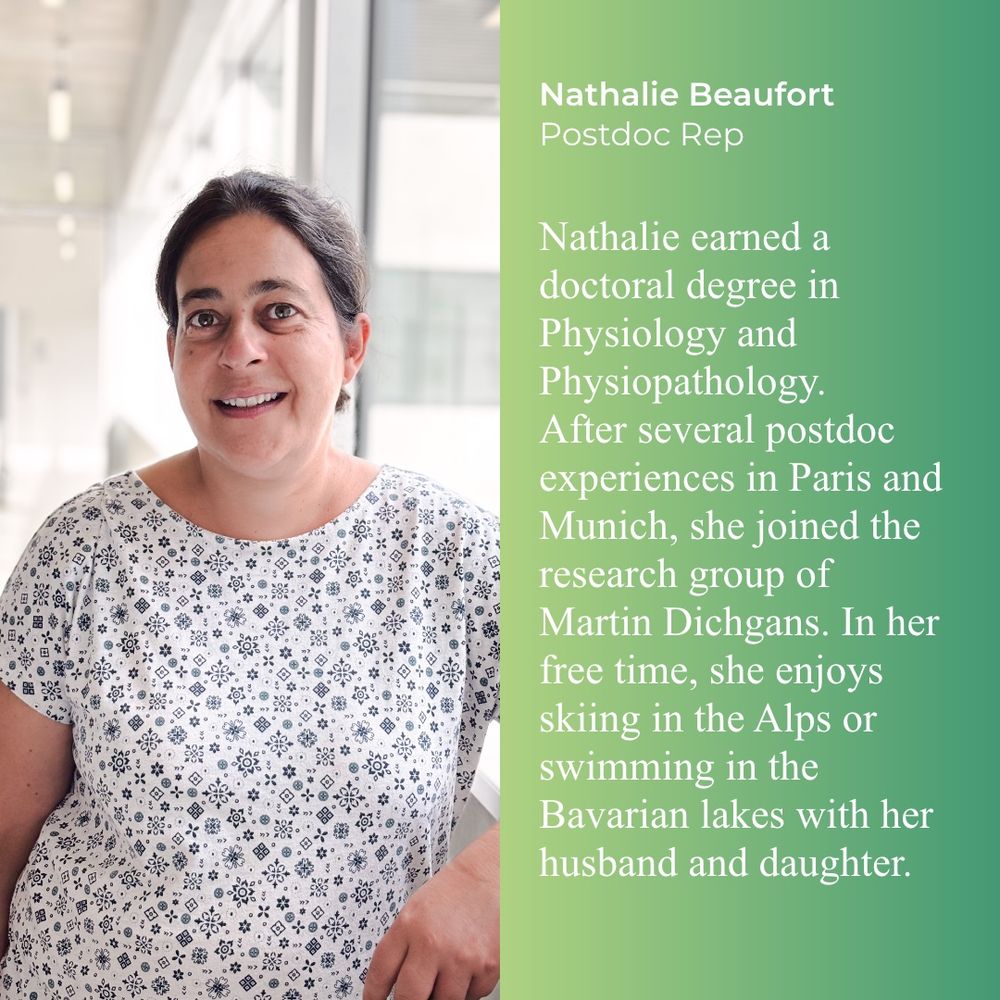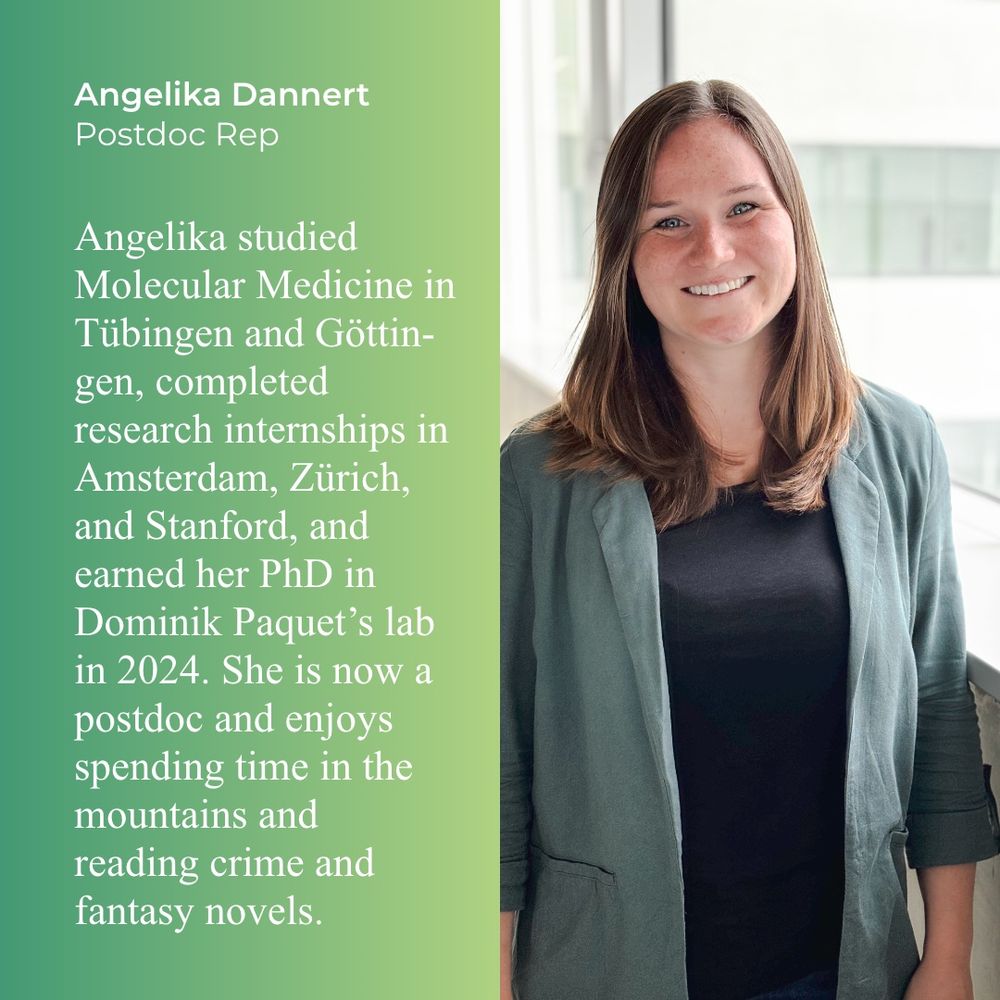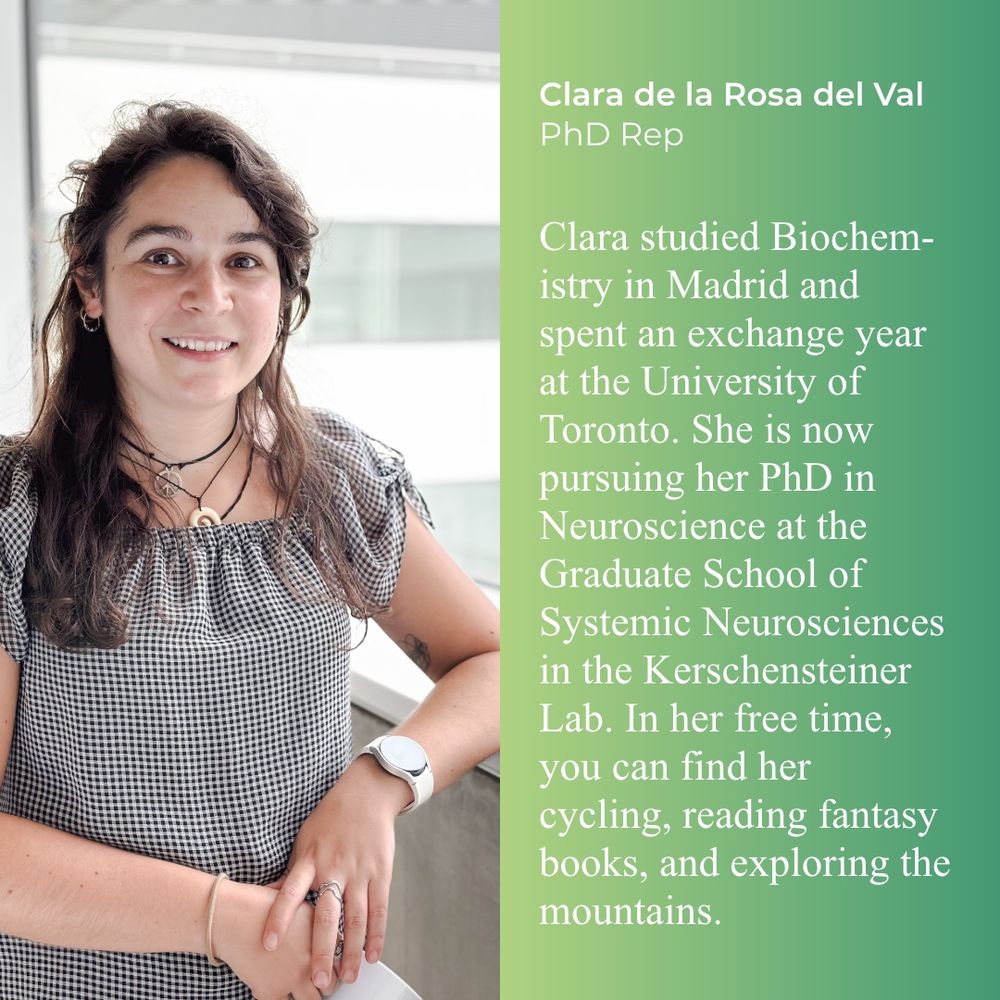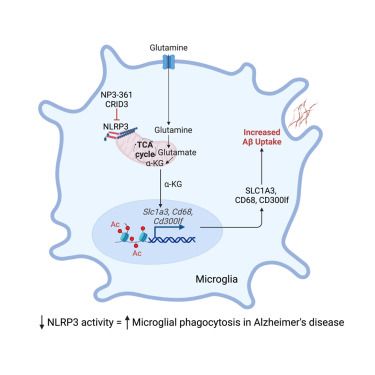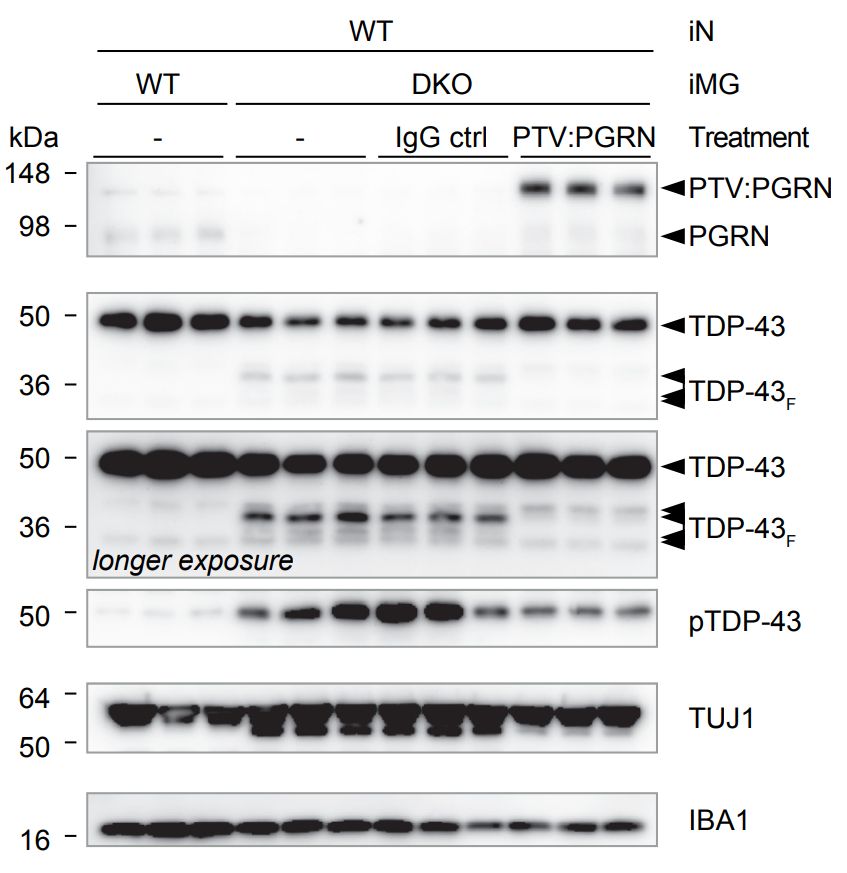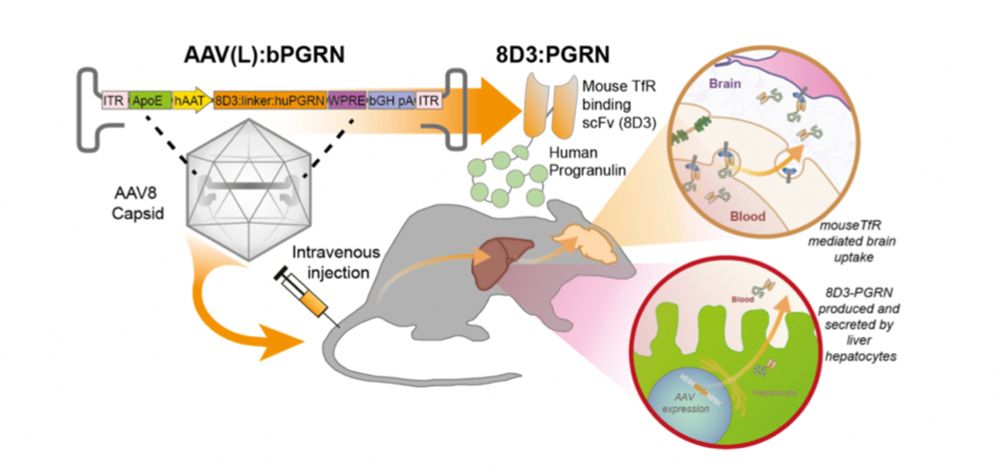Haass Lab
@haasslab.bsky.social
230 followers
110 following
9 posts
The Haass lab account | 🇩🇪 @DZNE_de @SyNergy_Cluster Munich | 🔬AD, FTLD & microglia research | 🕵️ PI Christian Haass (signed -CH) | 💬 Posts by @lisdeweerd.bsky.social
Posts
Media
Videos
Starter Packs
Haass Lab
@haasslab.bsky.social
· Aug 25
Reposted by Haass Lab
John Lukens
@lukensjohnr.bsky.social
· Jul 10
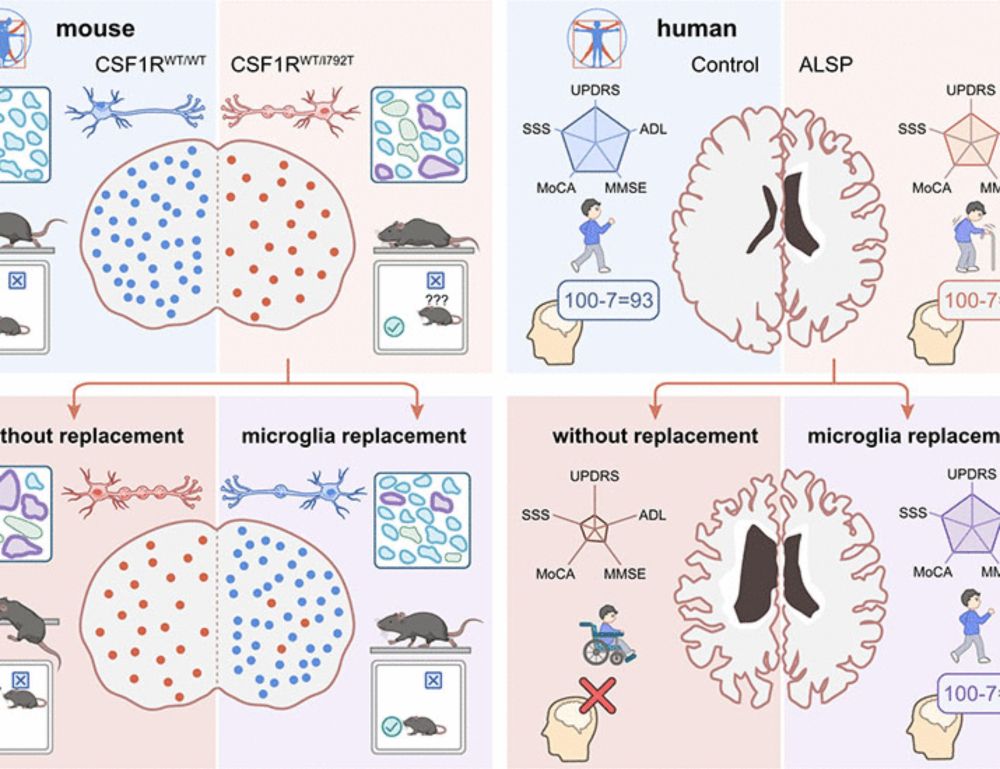
Microglia replacement halts the progression of microgliopathy in mice and humans
Colony-stimulating factor 1 receptor (CSF1R) is primarily expressed in microglia. Its monoallelic mutation causes CSF1R-associated microgliopathy (CAMP), a major form of adult-onset leukoencephalopath...
www.science.org
Reposted by Haass Lab
Reposted by Haass Lab
Reposted by Haass Lab
Reposted by Haass Lab
Reposted by Haass Lab
Reposted by Haass Lab
Reposted by Haass Lab
Reposted by Haass Lab
Reposted by Haass Lab
Reposted by Haass Lab
Shannon Macauley
@macauleylab.bsky.social
· Feb 14
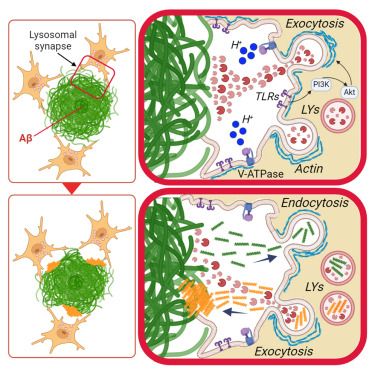
Microglia degrade Alzheimer’s amyloid-beta deposits extracellularly via digestive exophagy
Jacquet et al. shows that microglia use digestive exophagy to engage large Aβ deposits
that cannot be phagocytosed, forming acidic extracellular compartments on the aggregates
into which lysosomal enz...
www.cell.com
Reposted by Haass Lab
Reposted by Haass Lab
Reposted by Haass Lab
Reposted by Haass Lab
PaquetLab
@paquetlab.bsky.social
· Jan 12
Haass Lab
@haasslab.bsky.social
· Dec 10
